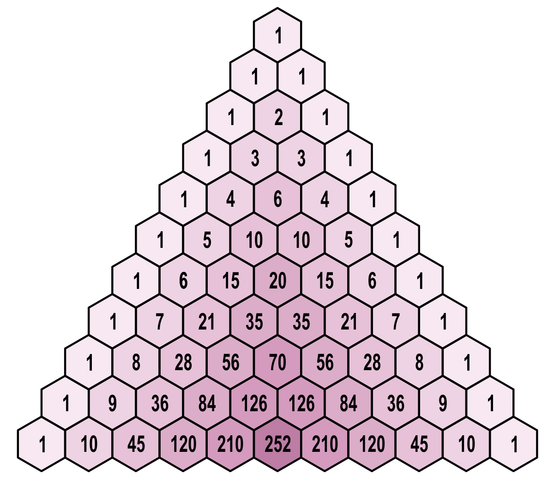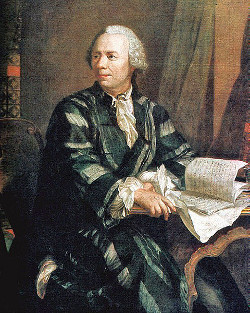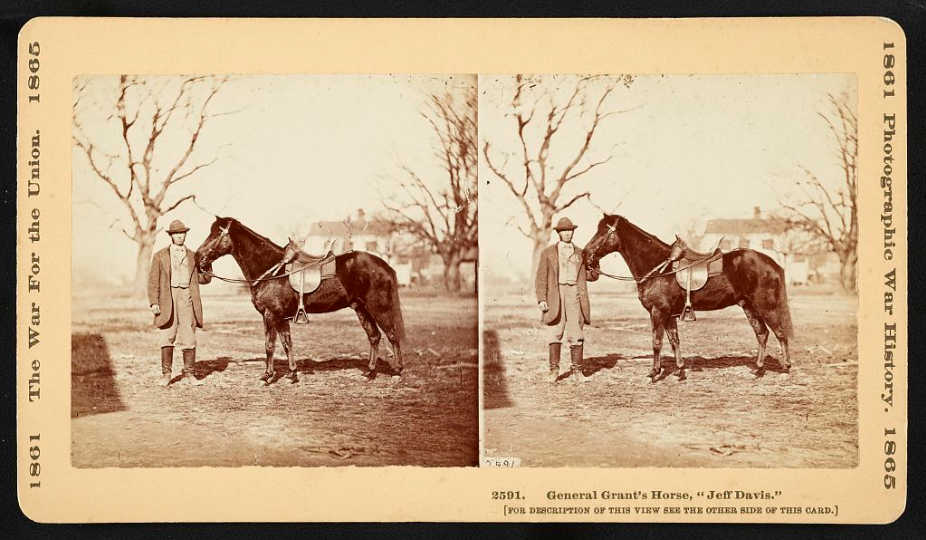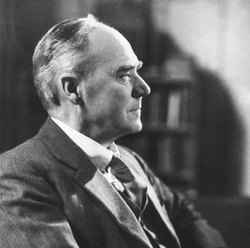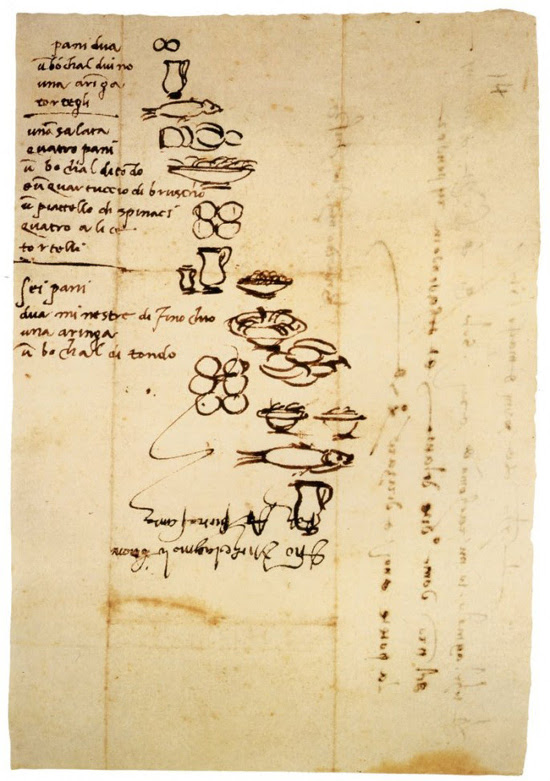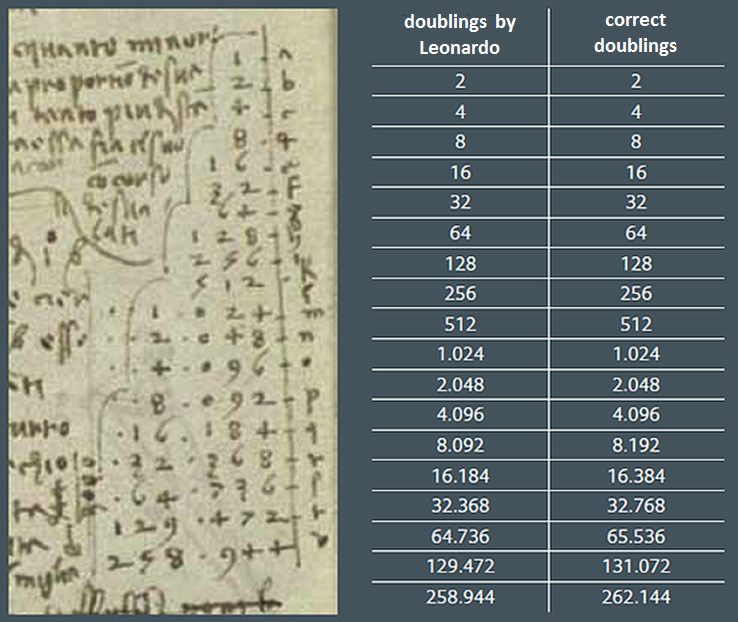La Ola, or the “Mexican wave,” seems like the ultimate in spontaneous behavior, but biological physicist Illés Farkas of Eötvös University found that stadium waves can be studied quite effectively using the methods of statistical physics. Examining videos of waves in stadia holding more than 50,000 people, Farkas and his colleagues found that a crowd behaves like an excitable medium — the first group to stand acts as a “perturbation,” and in less than a second the wave begins, dying out on one side and continuing on the other (3 out of 4 Mexican waves travel clockwise around the stadium). And the speed of waves is surprisingly consistent — 22±3 seats per second, with an average width of 15 seats.
Farkas defined three states that a spectator can take: inactive (sitting, ready to stand), active (standing up), and refractory (sitting again afterward). Shizuoka University mechanical engineer Takashi Nagatani found that the local behavior of the spectators can be interpreted in terms of a chemically excitable medium with the following reaction set:
Passive + Activated ↦ 2 · Activated
Activated ↦ Refractory
Refractory ↦ Passive
Farkas wrote, “For a physicist, the interesting specific feature of this spectacular phenomenon is that it represents perhaps the simplest spontaneous and reproducible behaviour of a huge crowd with a surprisingly high degree of coherence and level of cooperation. In addition, La Ola raises the exciting question of the ways by which a crowd can be stimulated to execute a particular pattern of behaviour.”
(From Andrew Adamatzky, Dynamics of Crowd-Minds, 2005.)

